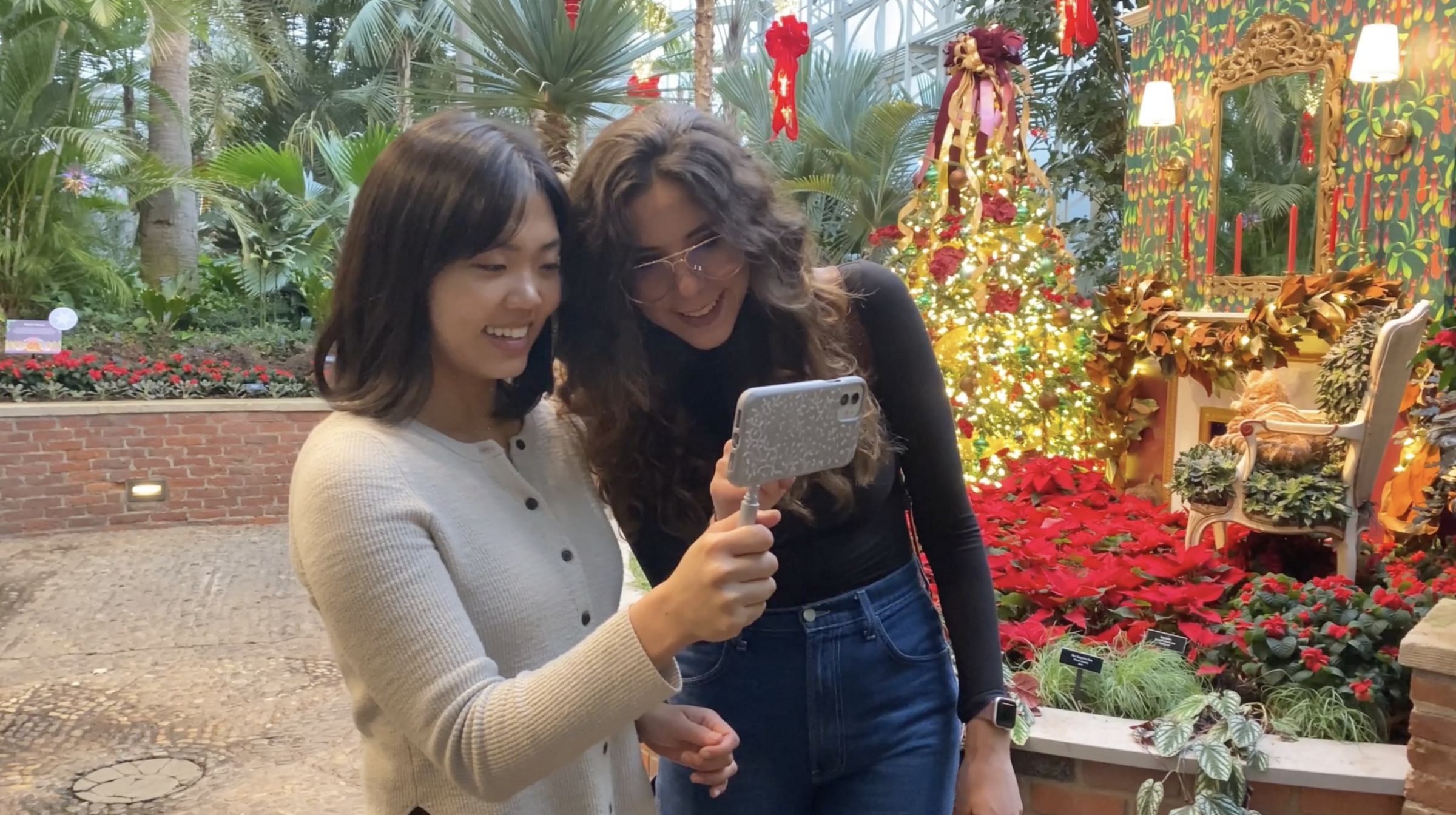One Semester with Hambrose Fellowship Awardee Kimberly Blacutt

This year, Carnegie Mellon University’s School of Design Master’s of Design student Kimberly Blacutt (MDes ’25), a registered Landscape Architect with a passion for shaping spaces that evolve and adapt, was chosen as the recipient the prestigious Hambrose Fellowship. Sponsored by Design Alumnus Harold Hambrose (BA ’89) and his wife Johanna Hambrose, both from the consulting firm Zenda, the Hambrose Fellowship will sponsor Blacutt through the duration of her academic career.
Hailing from La Paz, Bolivia, Blacutt’s higher education journey began at Cornell University, where she delved into the intricacies of landscape architecture. Her four and a half years at Surface 678 honed her skills in thinking both macroscopically and microscopically, from conceptualizing master plans to focusing on minute construction details. “Through my professional career I’ve seen my drawings and models come to life and have felt the power of teamwork while working on projects of great complexity alongside engineers, architects, planners, and others,” said Blacutt. What propelled Blacutt towards the School of Design was her vision of bridging the divide between the physical and digital worlds. Recognizing the profound impact of digital technology on the built environment and human experiences, she sought to explore how these domains intersect.
“I was struck by the realization that, as a landscape architect designing outdoor spaces, most of my time was spent indoors working on a computer,” said Blacutt. “I am keen on exploring how our tools for abstraction and visualization could take on new forms to help us think about our problems differently.”

Witnessing the insightful and innovative work of the master’s students during a visit in December of 2022, Blacutt was inspired to join the School of Design’s master’s program. The program’s exploration of emerging technologies, like artificial intelligence, and its critical approach to examining the implications of digital experiences on well-being, inspired her profoundly. The high-quality work she saw showcased the potential for a multidimensional exploration at the intersection of design, technology, and human psychology.
“It is a testament to the value of the program as seen in industry,” said Blacutt on learning she was being awarded the Hambrose Fellowship. “The fact that professionals in the field are willing to establish such a generous fellowship is a strong indication of the program's importance and the caliber of its graduates.”
During Blacutt’s first semester, she has explored new mediums, such as animation, machine learning, and UI prototyping and is looking forward to taking classes in robotics and AI tools in the future.
“I was happy to see a friendly and vibrant community in the design school,” said Blacutt. “Besides bonding with the eclectic MDes class I’m part of, I’ve enjoyed getting to know people outside of my cohort, for example students in the MA program, or second year MDes students. It’s nice that all the design master’s students are working in the same studio space and that there’s time to interact with each other beyond the structure of our programs.”
Across her first semester, Blacutt has engaged in a number of fascinating classes and projects. One particular project in her IxD Studio class, taught by Dina El-Zanfaly and Andrew Twigg, showed Blacutt the process of interaction design through hands-on making.

“My favorite project involved designing a set of immersive multi-sensory experiences for Phipps Conservatory and Botanical Gardens,” said Blacutt. “We not only had to conceptualize the experiences but build functional prototypes to demonstrate during Design Week. My team built prototypes for an augmented reality ‘botanist glass’ that promotes engagement with plants and aids learning by asking visitors to engage their senses, especially touch, smelling, and vision; and an interactive table we called, ‘the plant identification station’ that uses machine learning and projections to identify and reveal information about real leaves and plant limbs people place on top of it. Seeing people's reactions to our demo reminded me that the one of the most rewarding aspects of design is bringing ideas into reality as prototypes and seeing people interact with them.”
As the next semester begins, Blacutt is looking forward to new challenges, new projects and getting back into the studio with the friends she made during her last semester.
Learn more about the MDes program at the School of Design >>
Learn more about Zenda and the work of Harold & Johanna Hambrose >>
Featured Faculty
Associate Professor
Associate Teaching Professor, PhD in Transition Design

